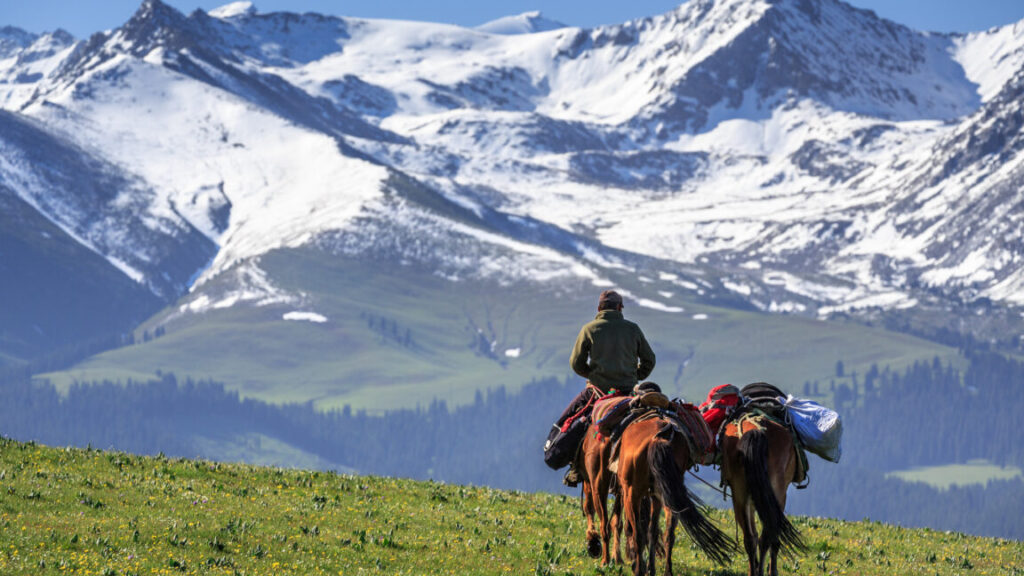Telegram bans $35B black markets used to sell stolen data, launder crypto
On Thursday, Telegram announced it had removed two huge black markets estimated to have generated more than $35 billion since 2021 by serving cybercriminals and scammers.
Blockchain research firm Elliptic told Reuters that the Chinese-language markets Xinbi Guarantee and Huione Guarantee together were far more lucrative than Silk Road, an illegal drug marketplace that the FBI notoriously seized in 2013, which was valued at about $3.4 billion.
Both markets were forced offline on Tuesday, Elliptic reported, and already, Huione Guarantee has confirmed that its market will cease to operate entirely due to the Telegram removal.
The disruption of both markets will be “a big blow for online fraudsters,” Elliptic confirmed, cutting them off from a dependable source for “stolen data, money laundering services, and telecoms infrastructure.”
Huione Guarantee is a subsidiary of Huione Group, which the US has alleged also owns Huione Pay and Huione Crypto. Telegram’s move comes after the US Treasury launched a plan to ban the Huione Group from the US financial system earlier this month, Reuters reported. Citing money laundering concerns, Treasury Secretary Scott Bessent accused the group of supporting “criminal syndicates who have stolen billions of dollars from Americans.”
Telegram bans $35B black markets used to sell stolen data, launder crypto Read More »


